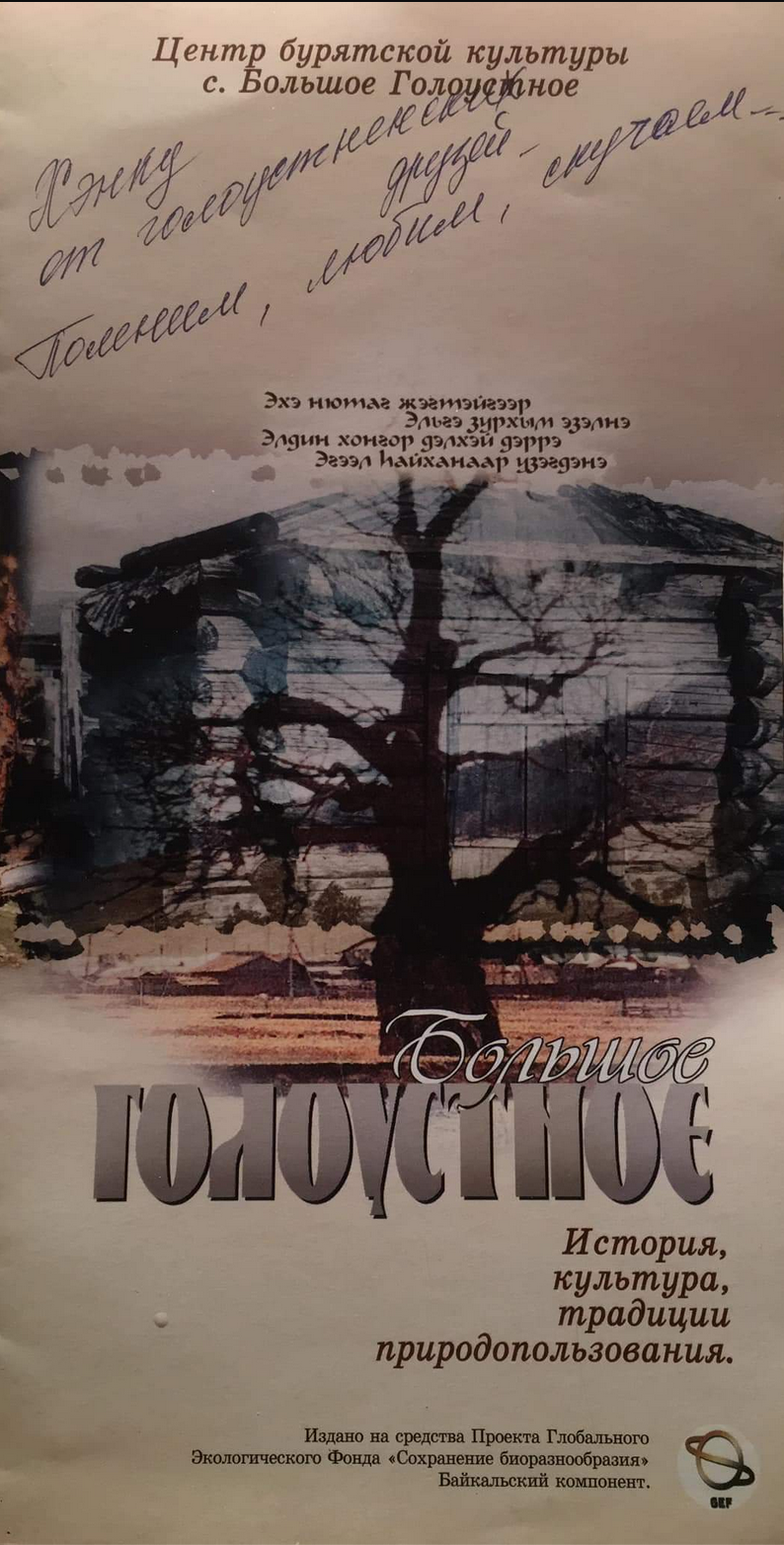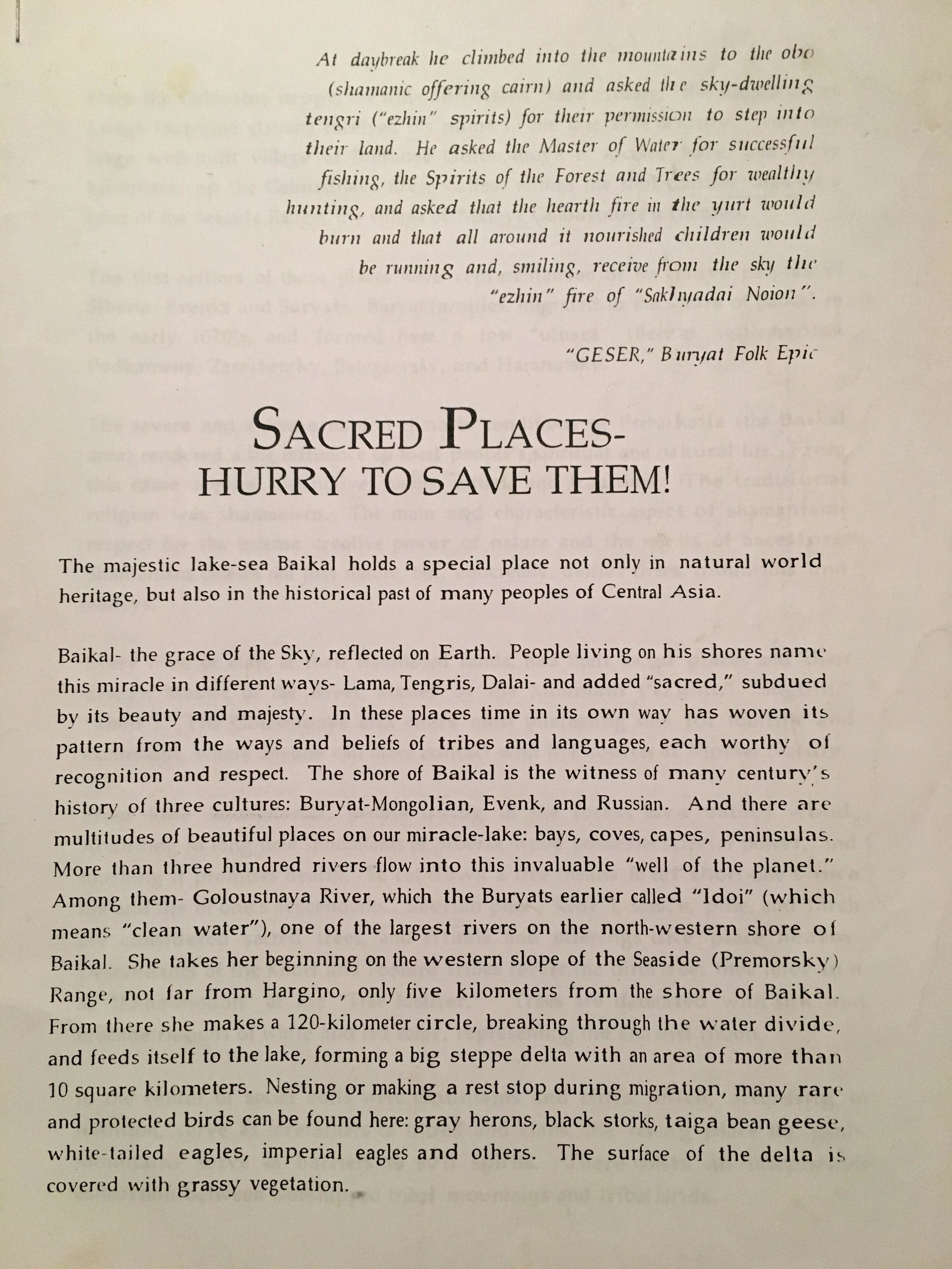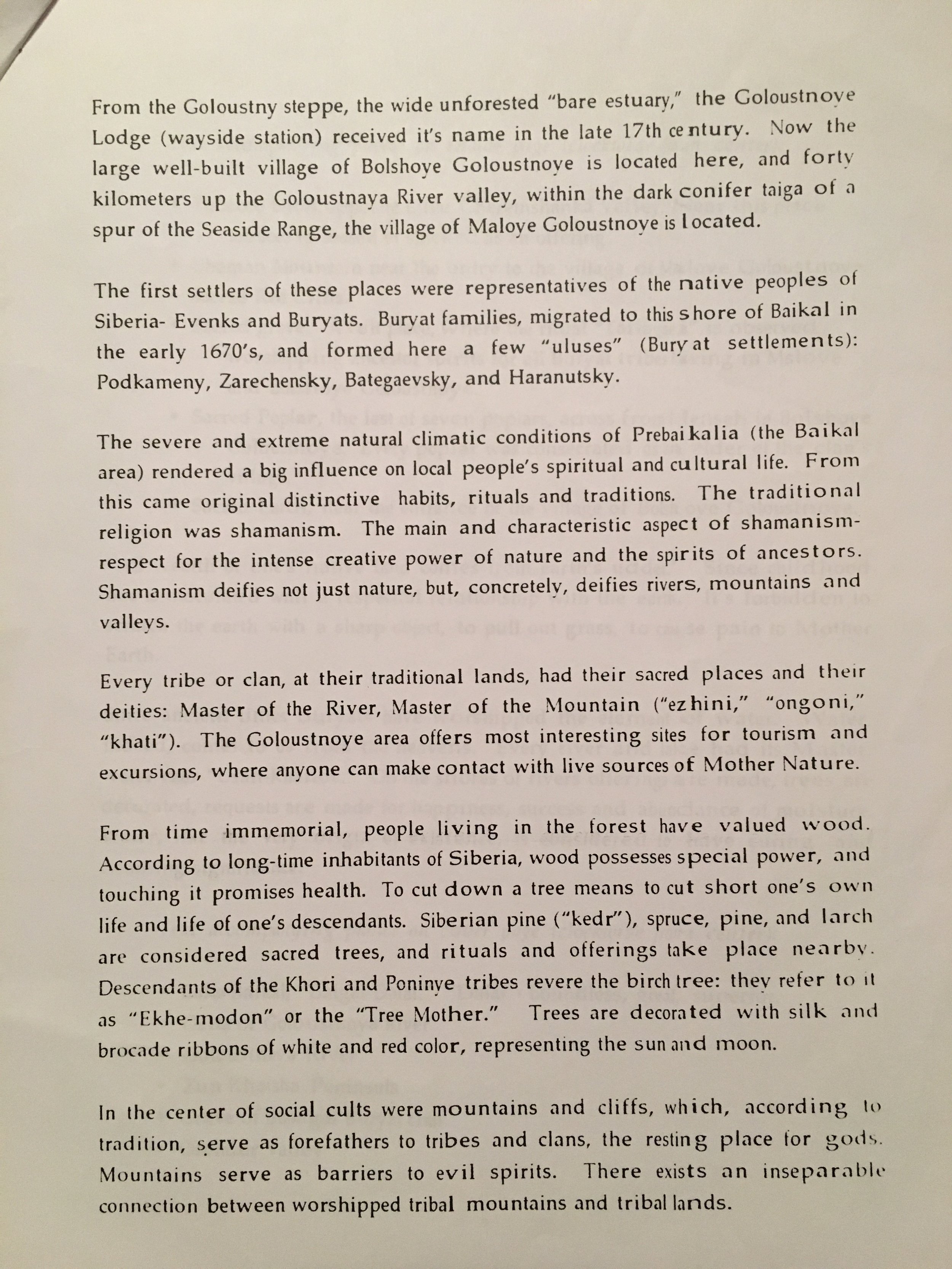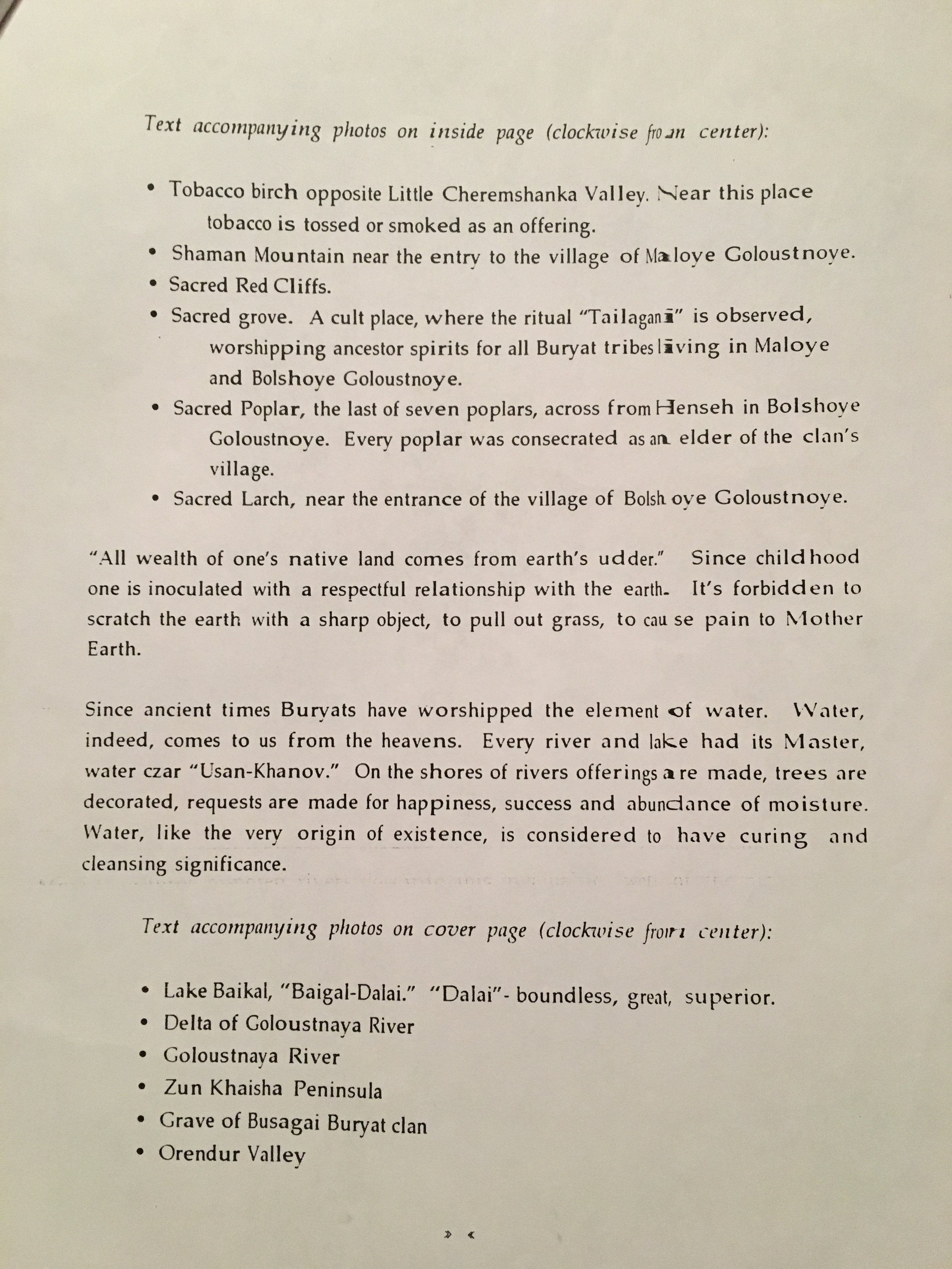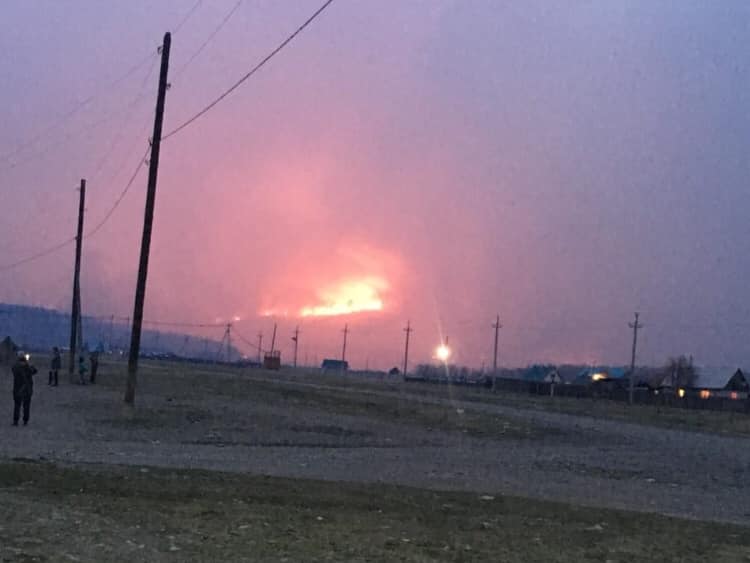Gabriela Bulisova & Mark Isaac
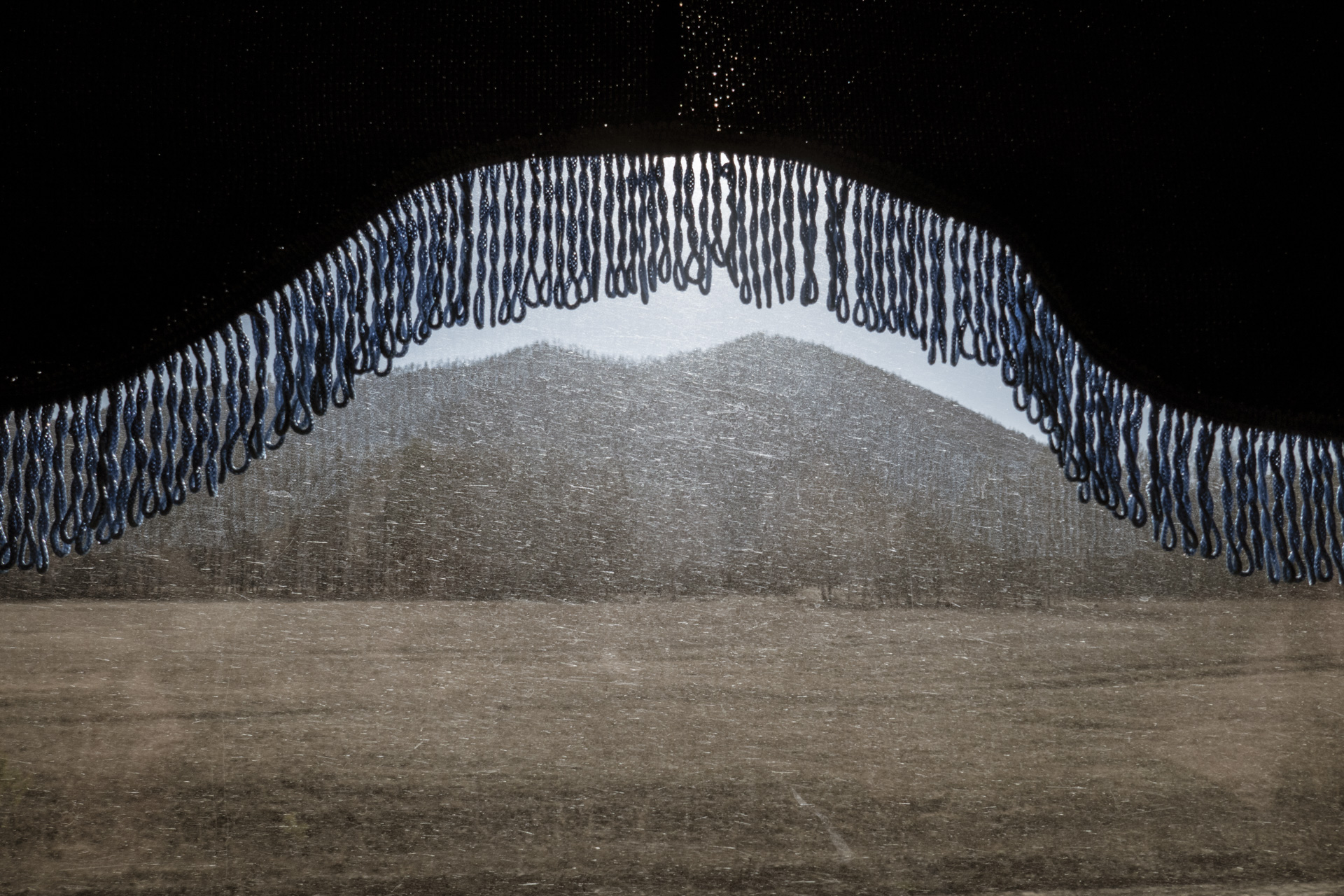
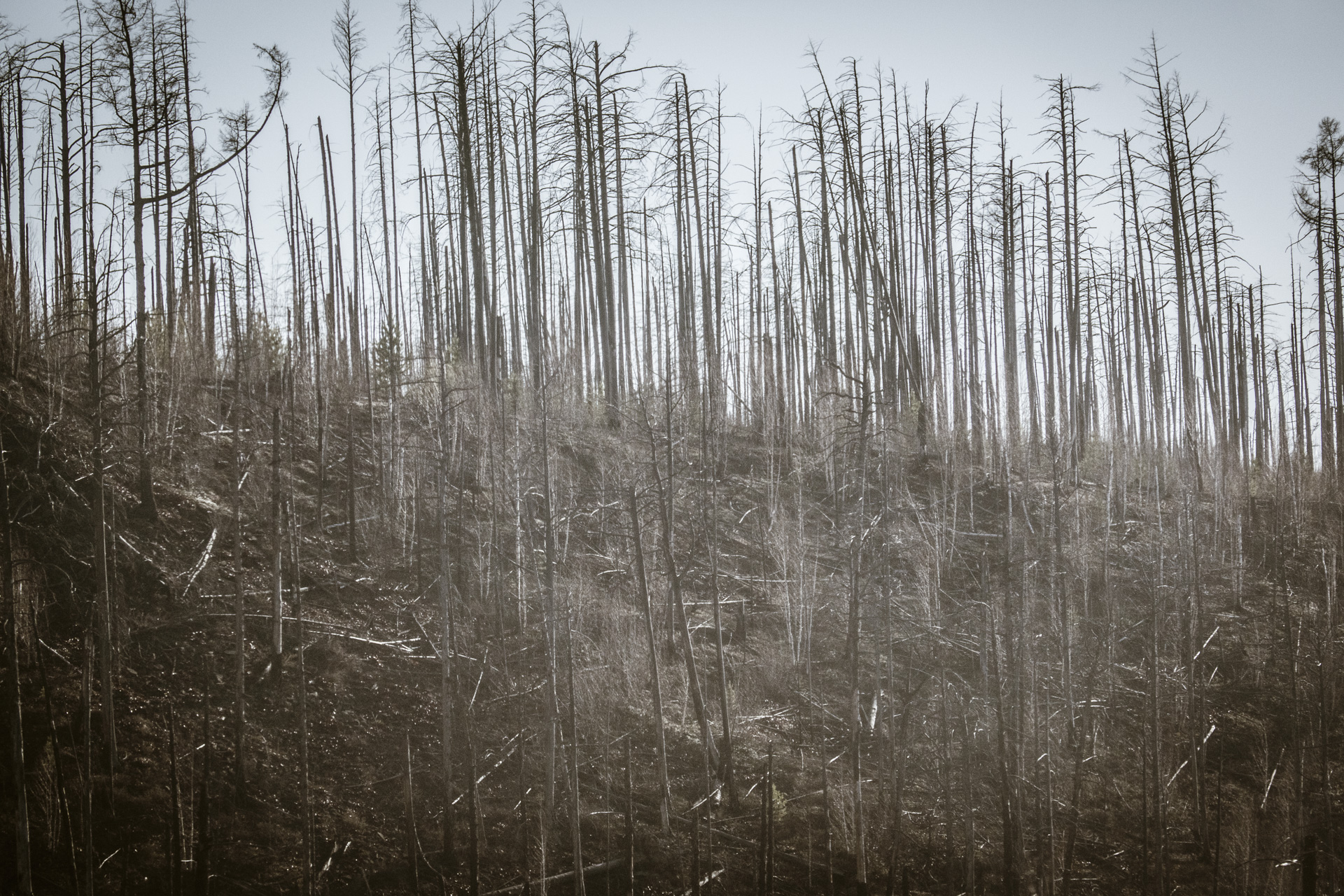
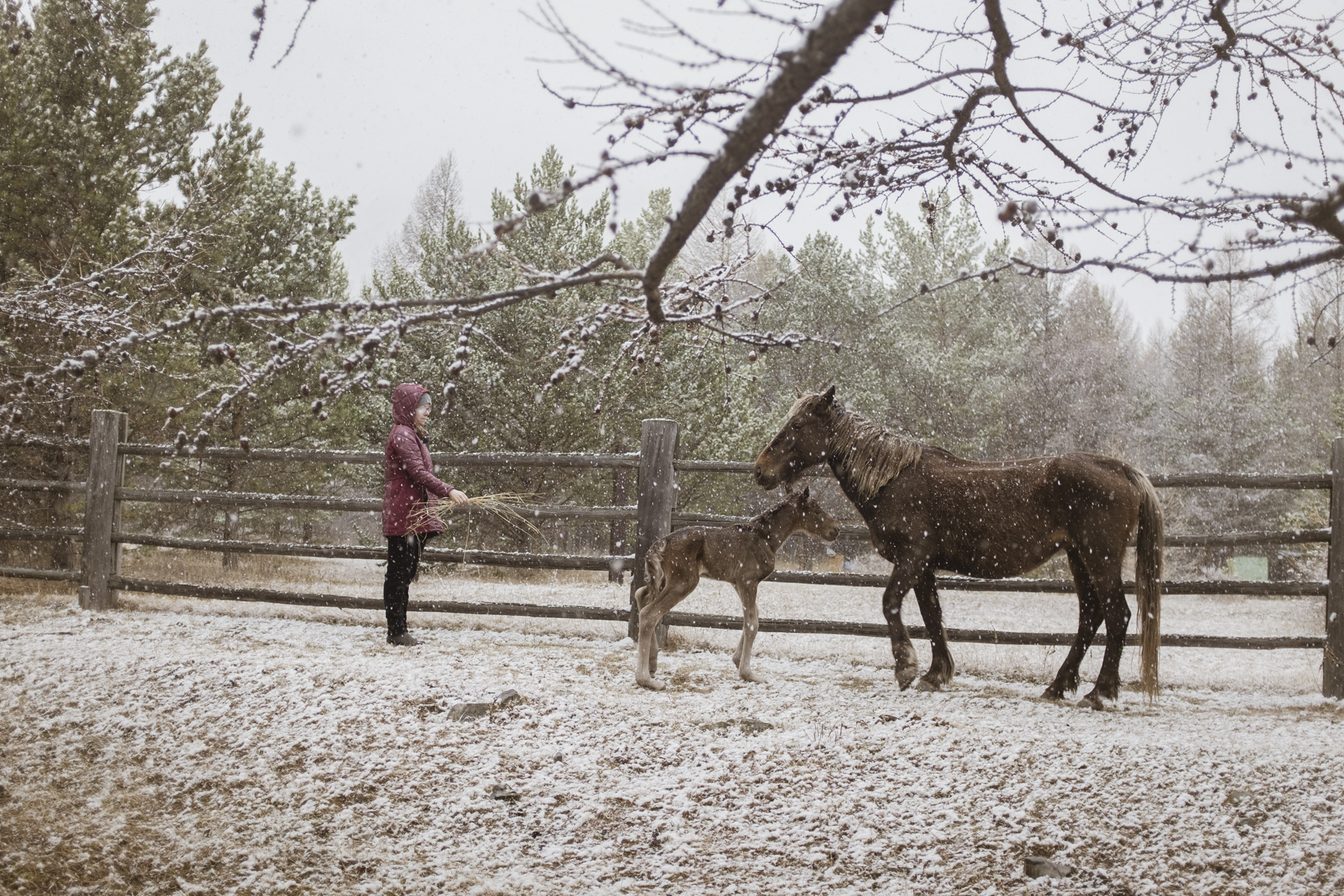

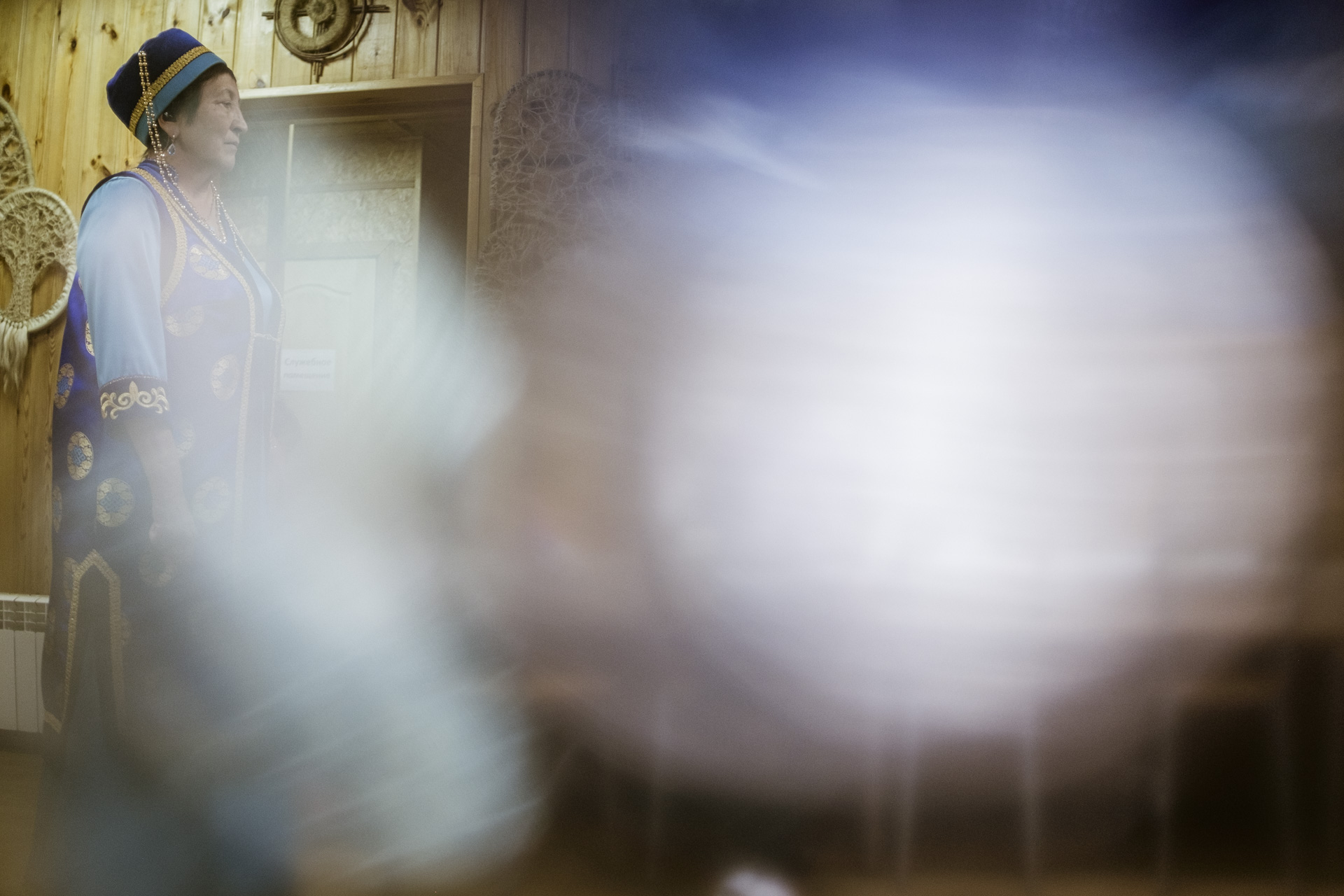

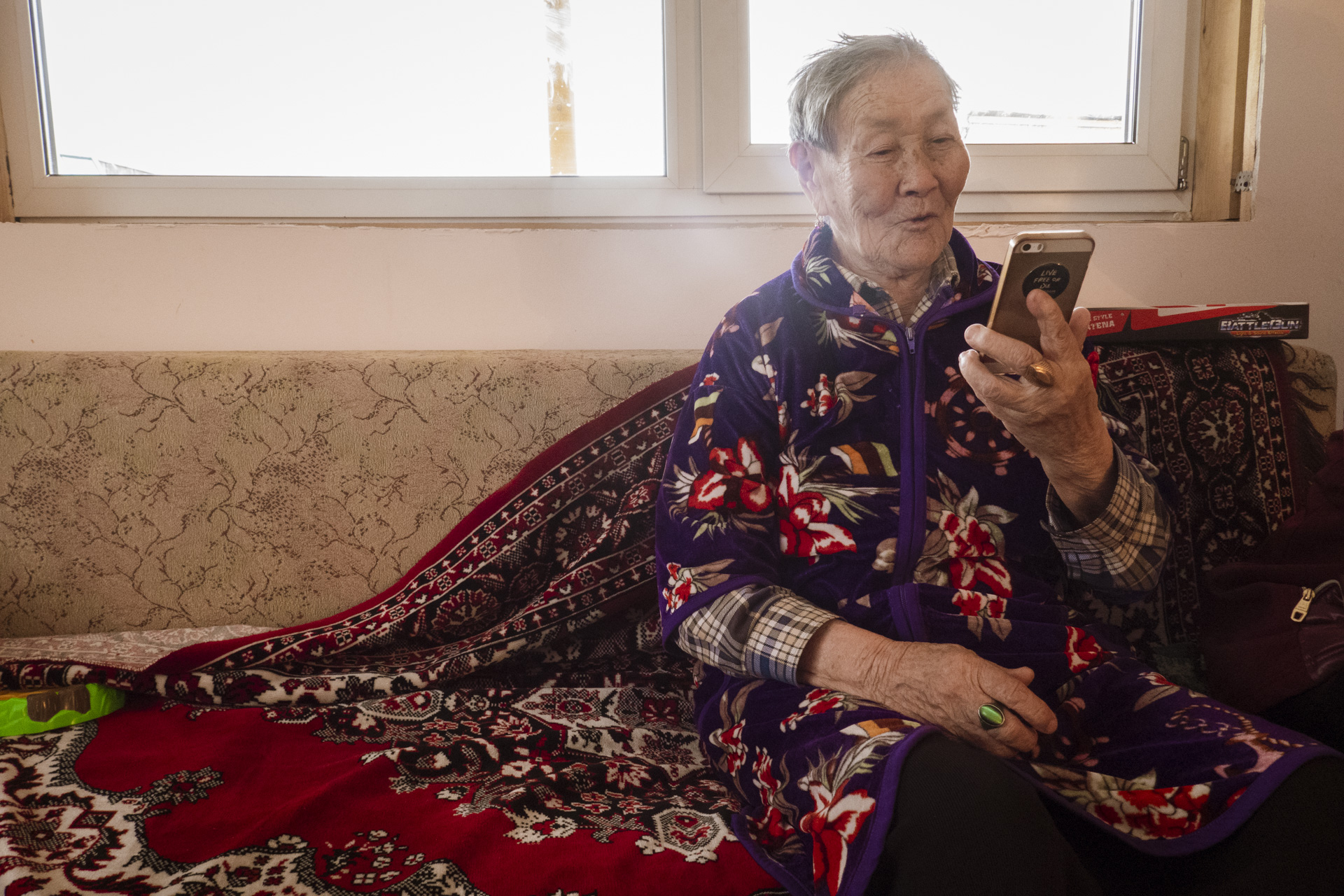


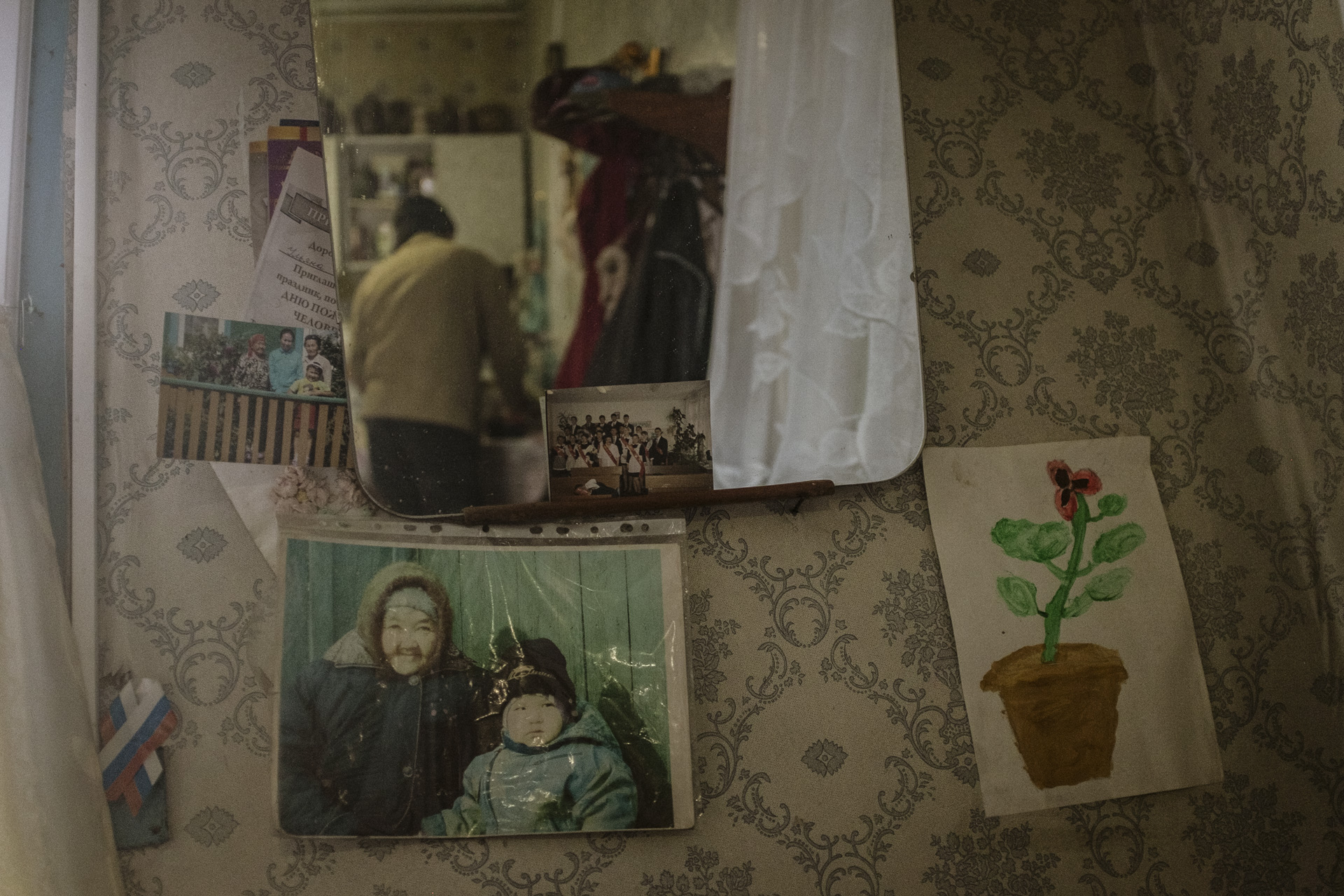
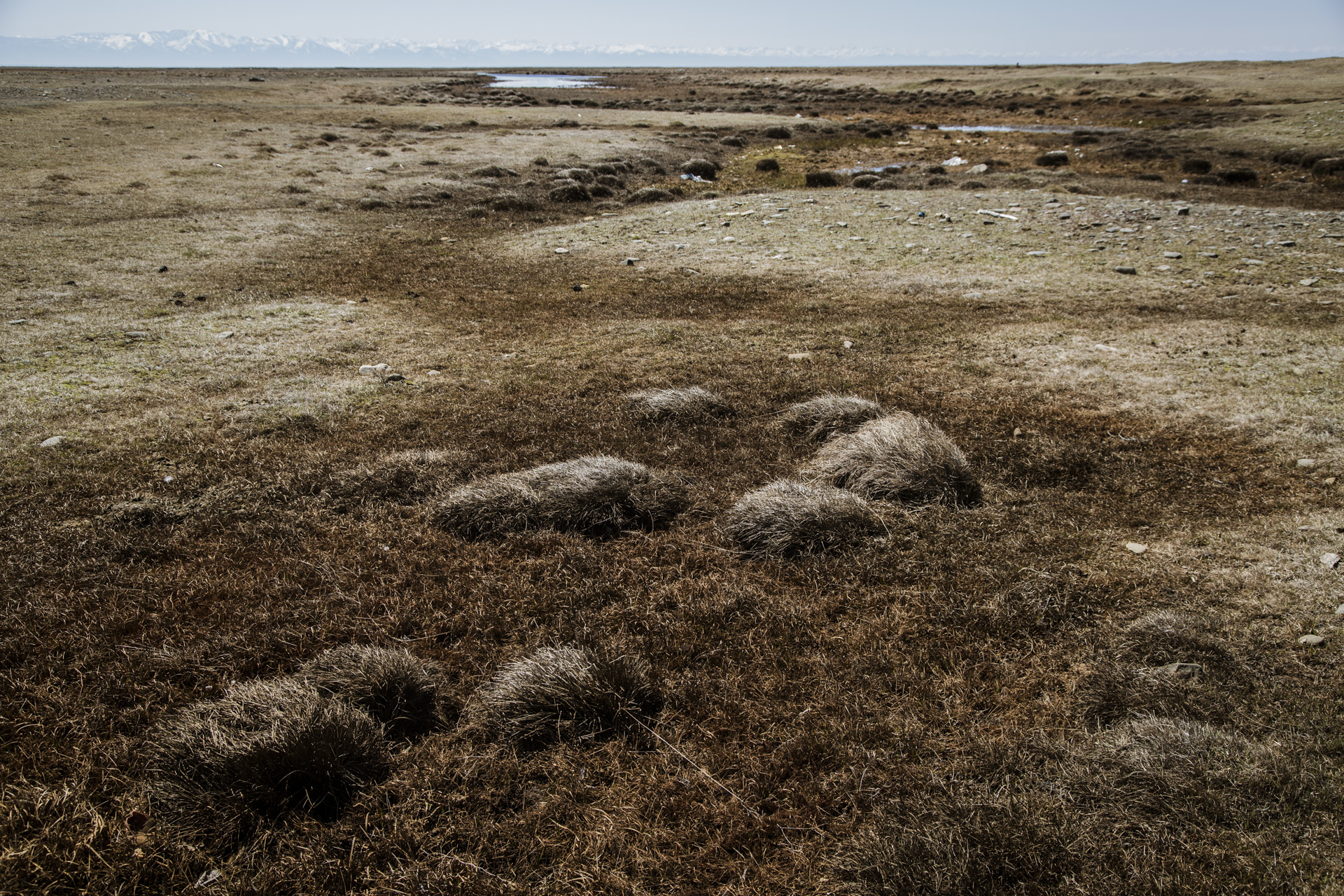
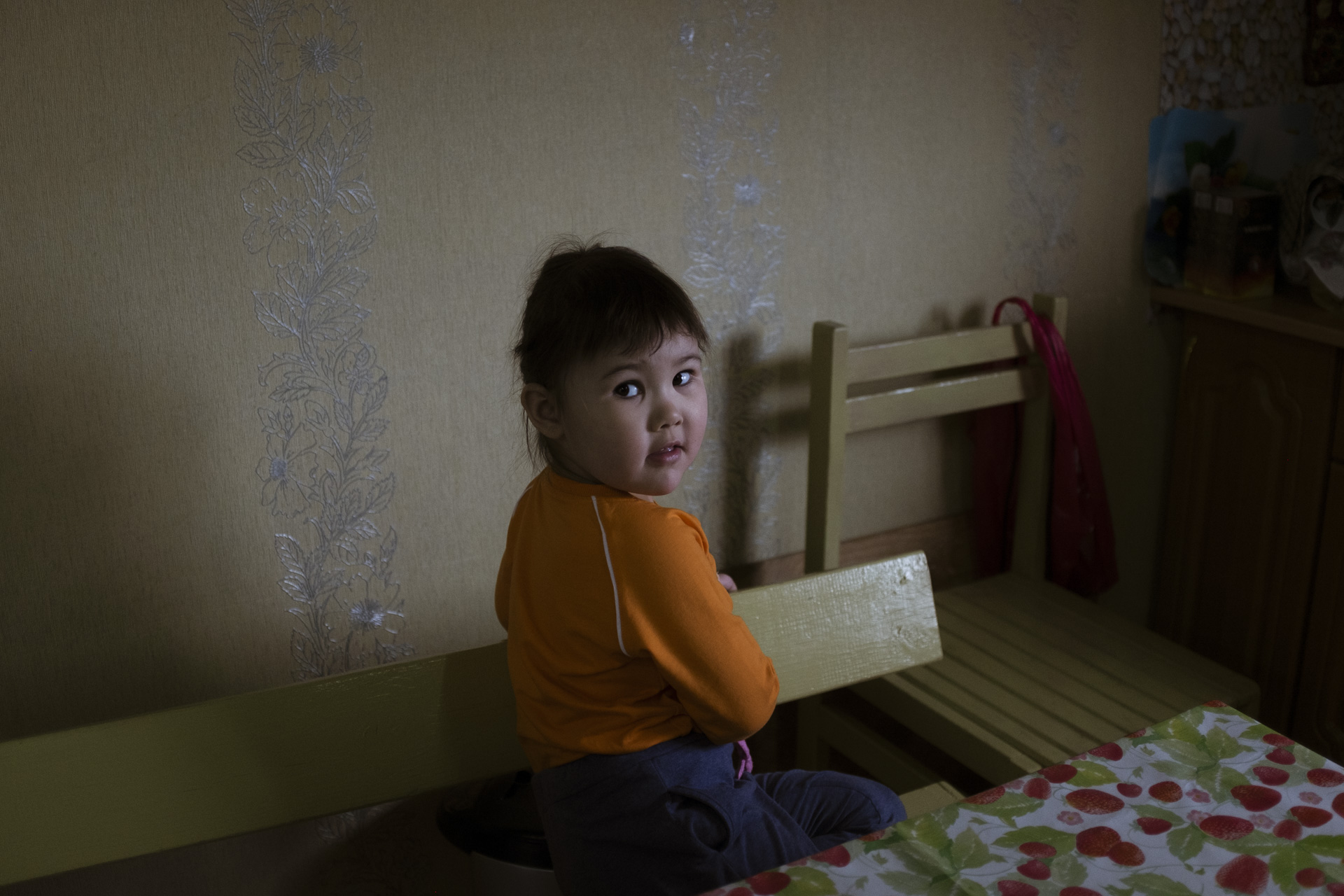
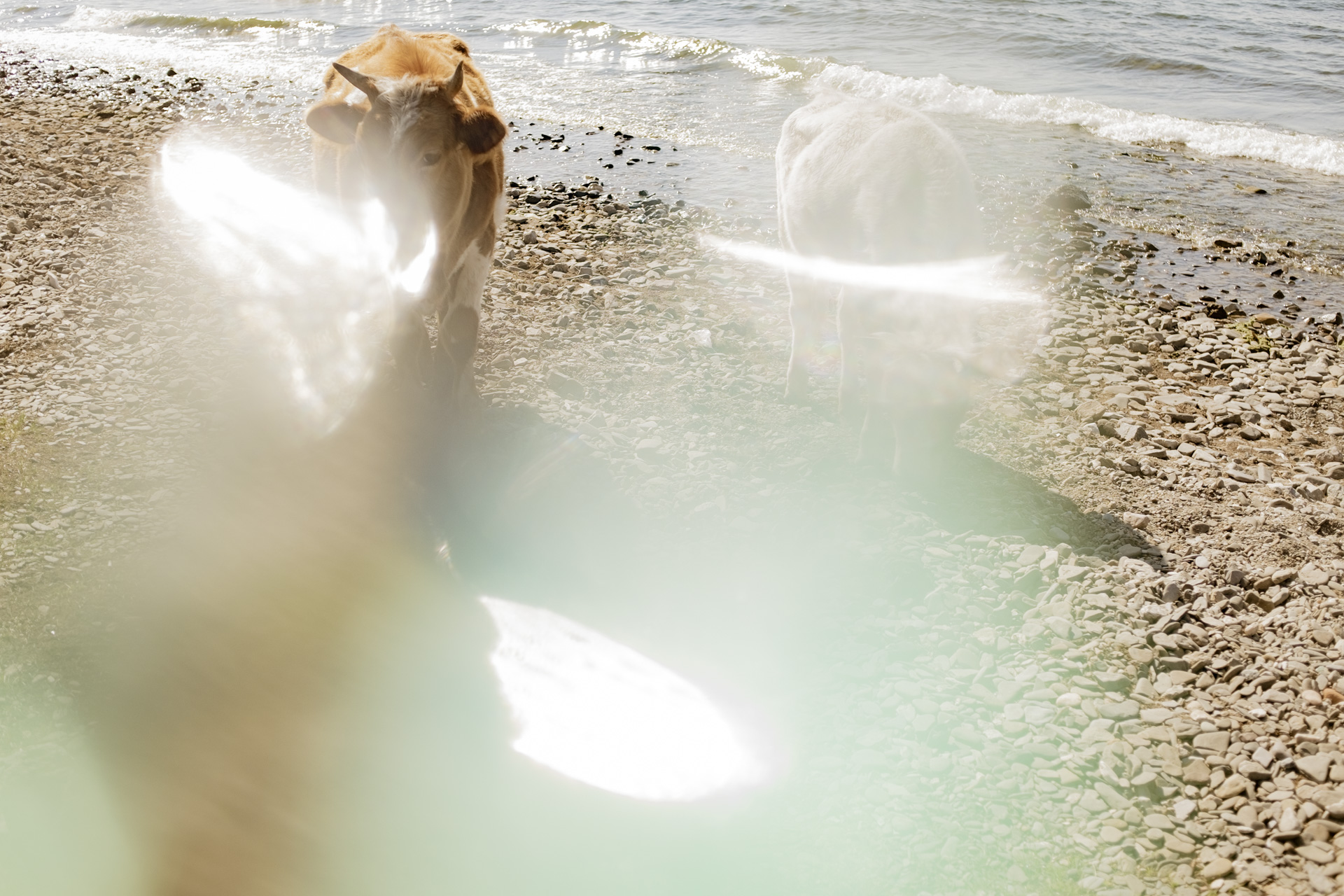

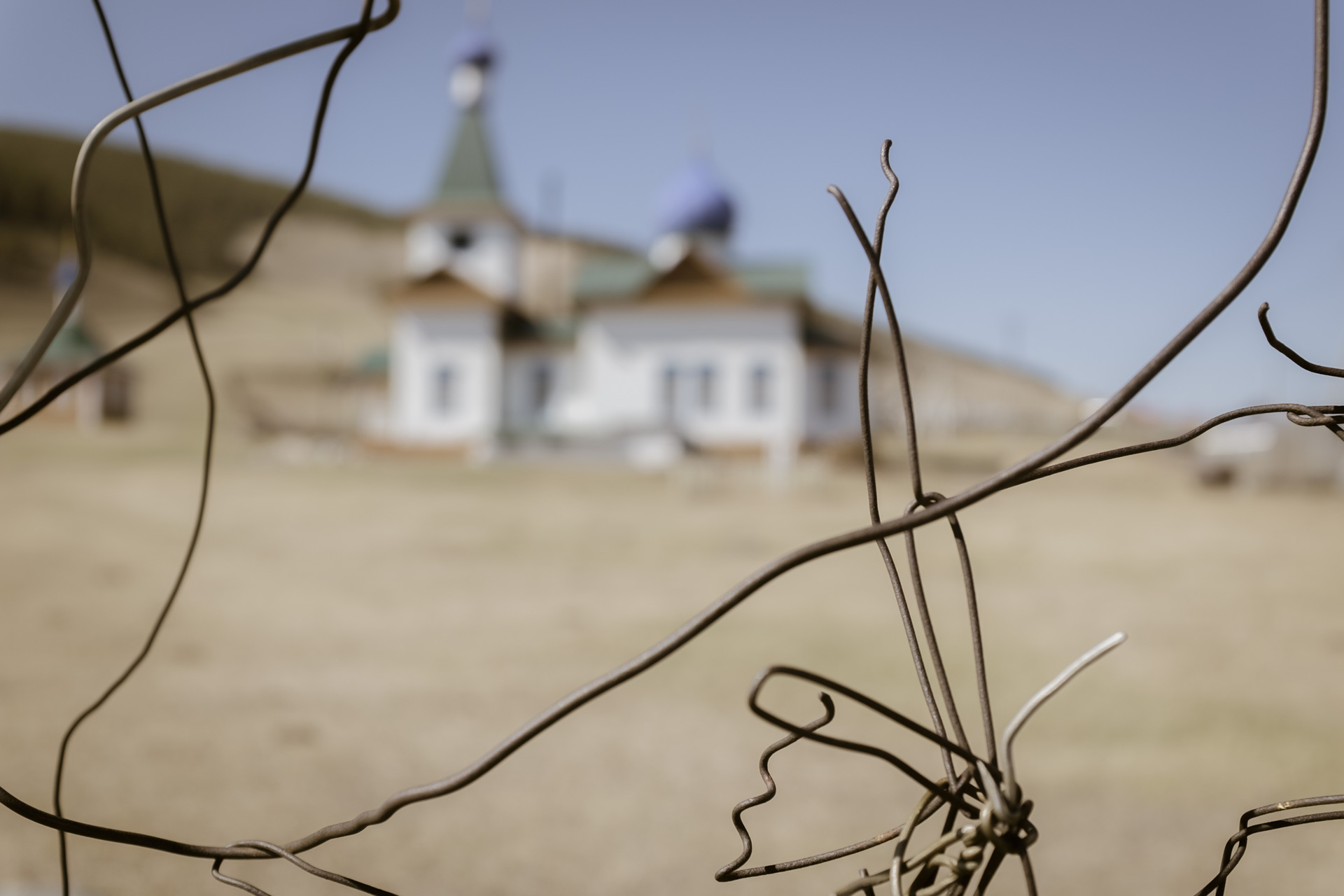
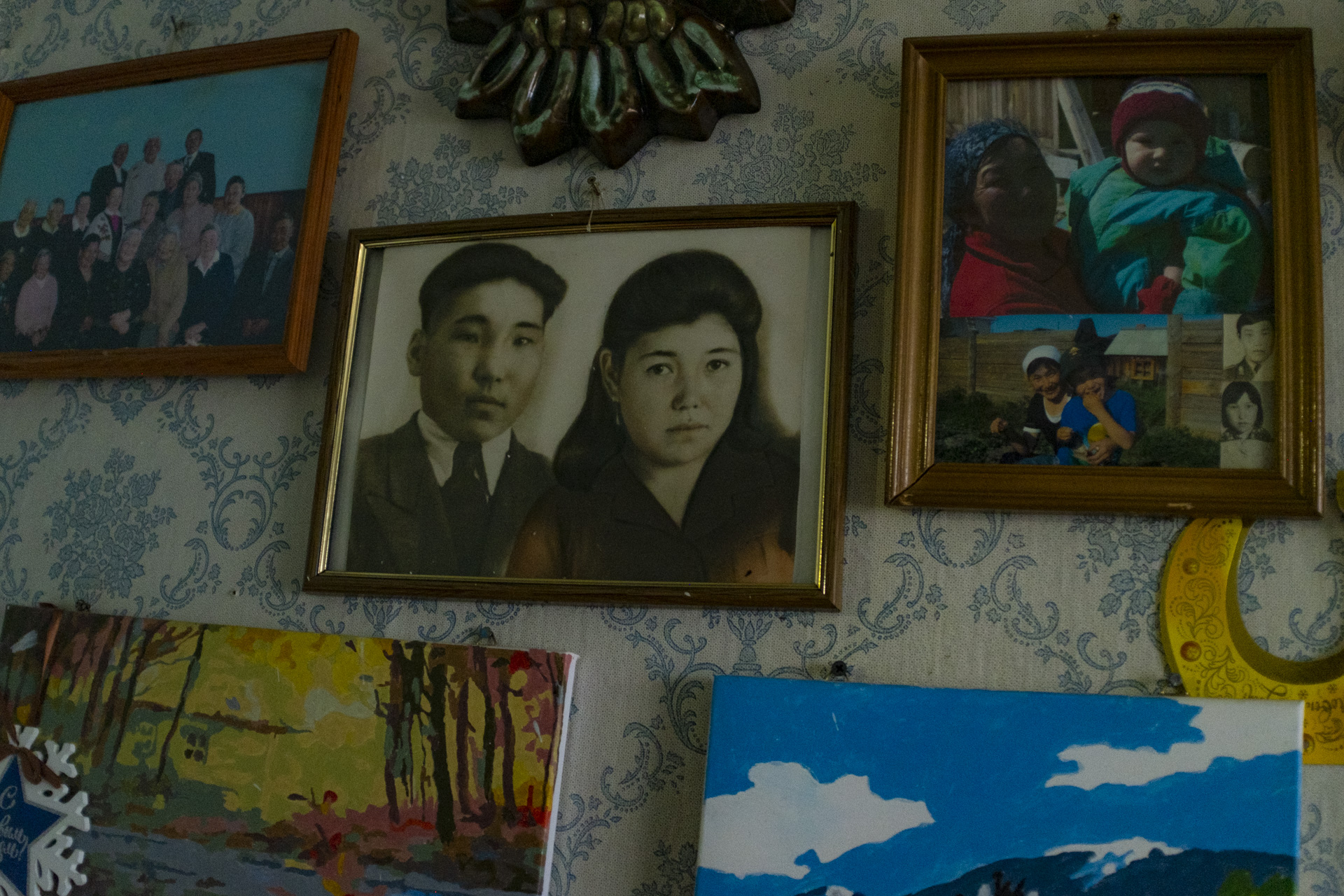
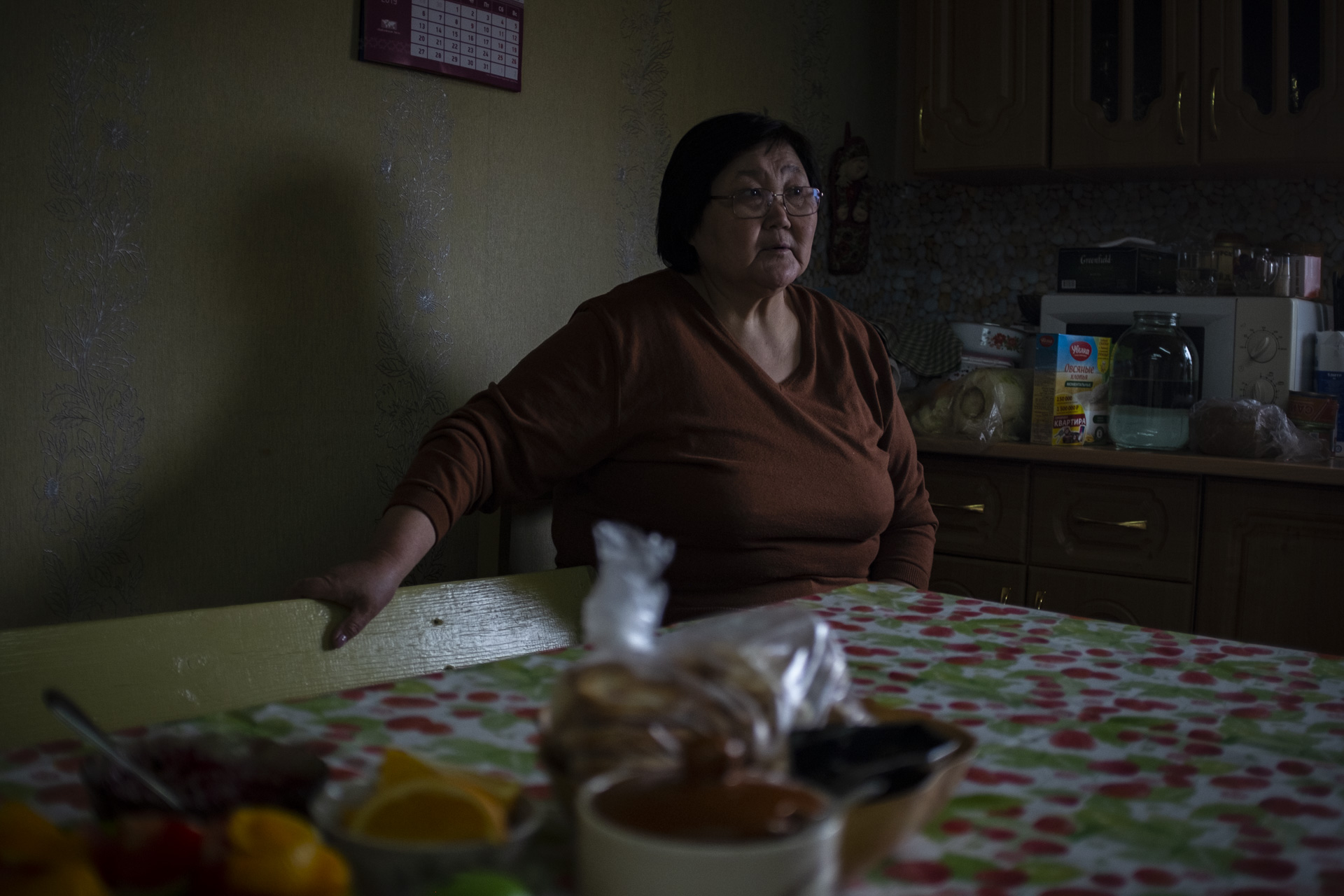
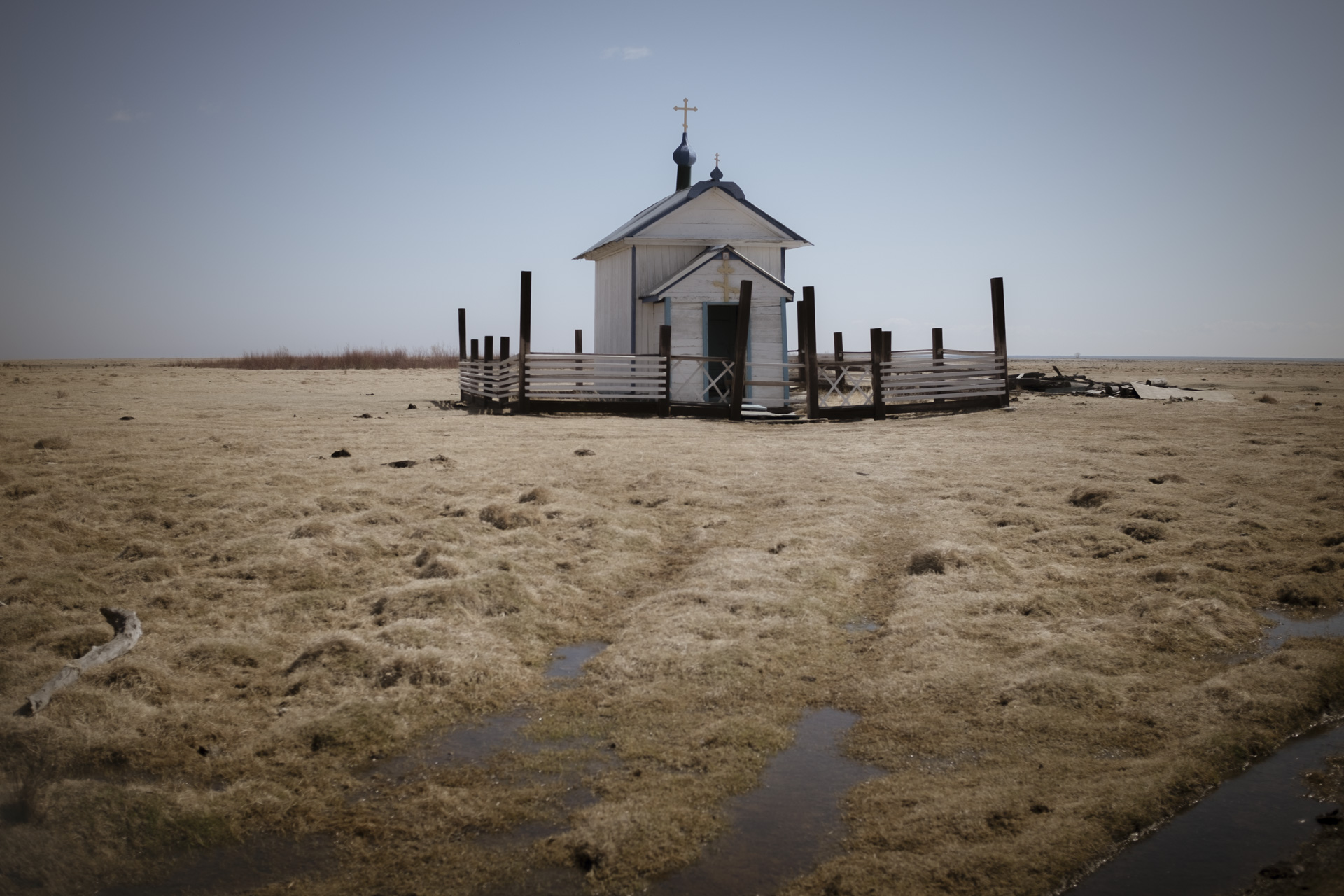
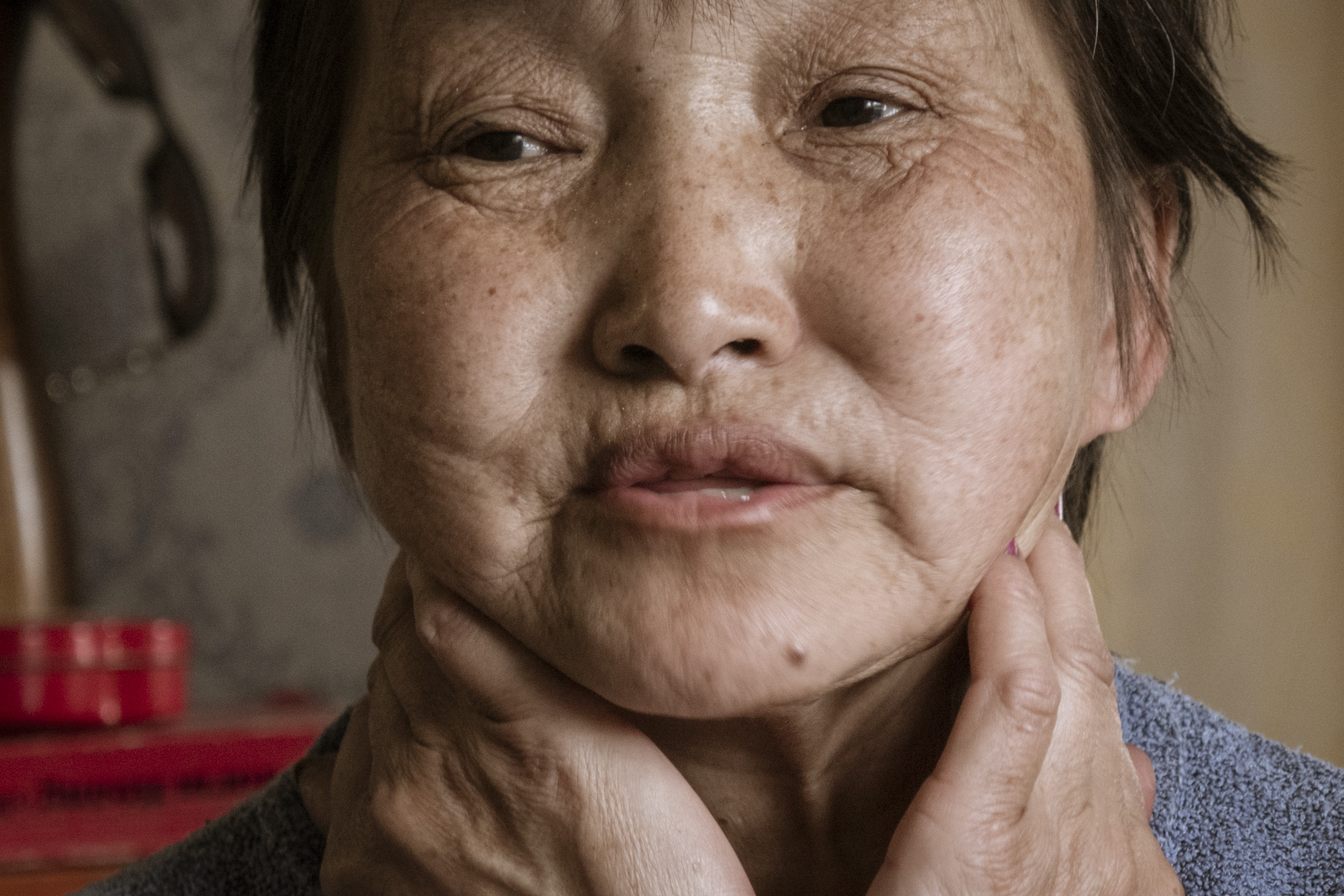

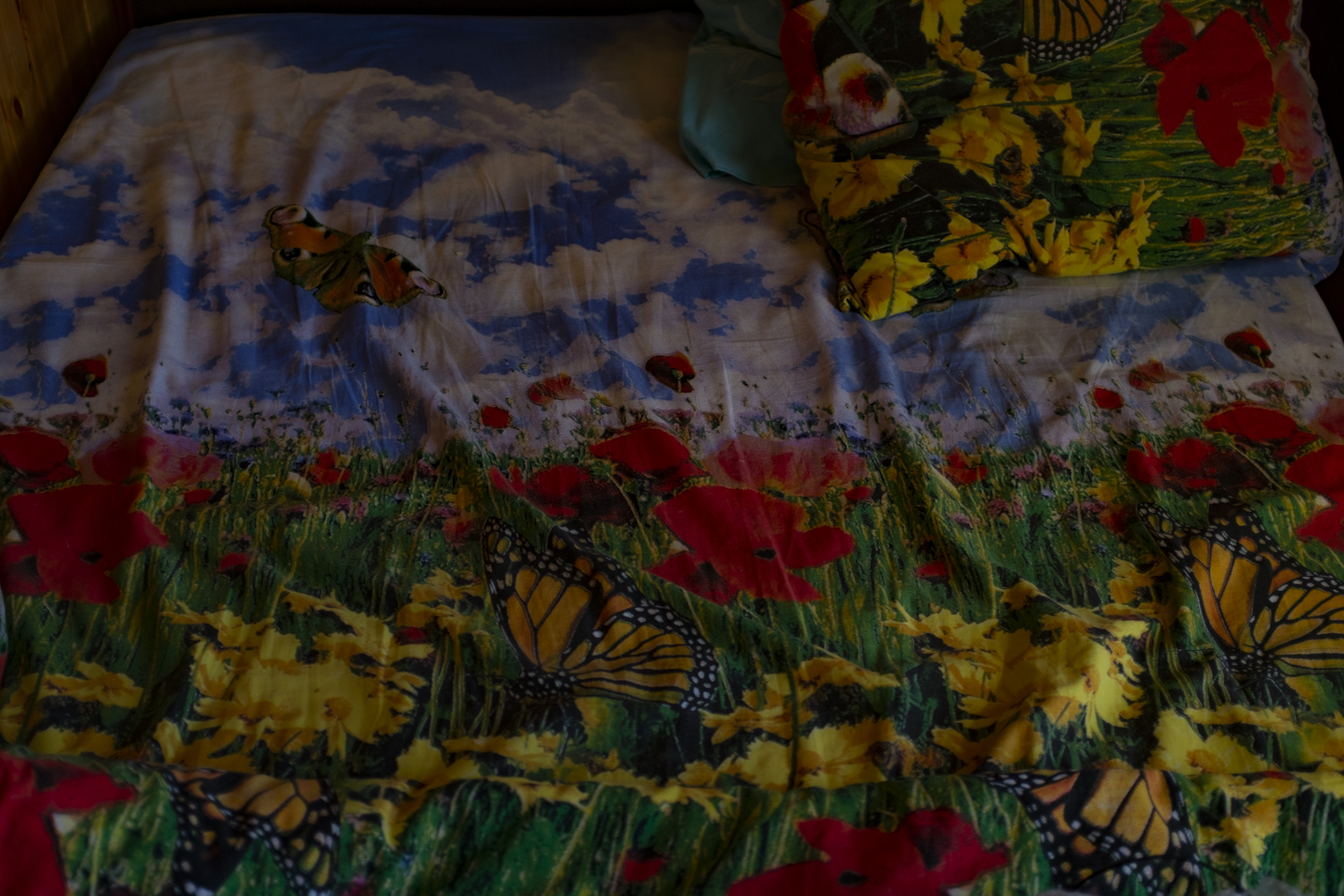
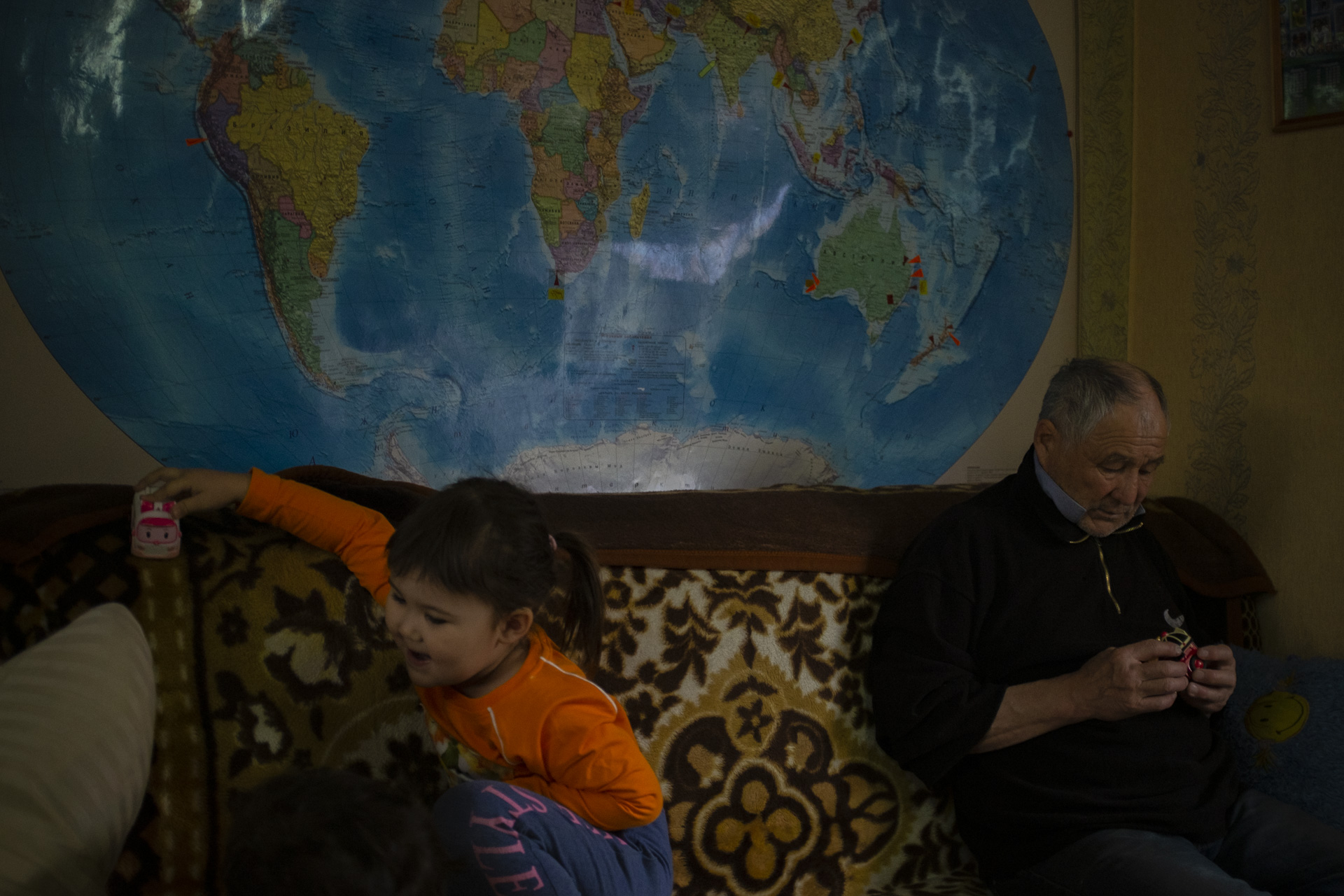
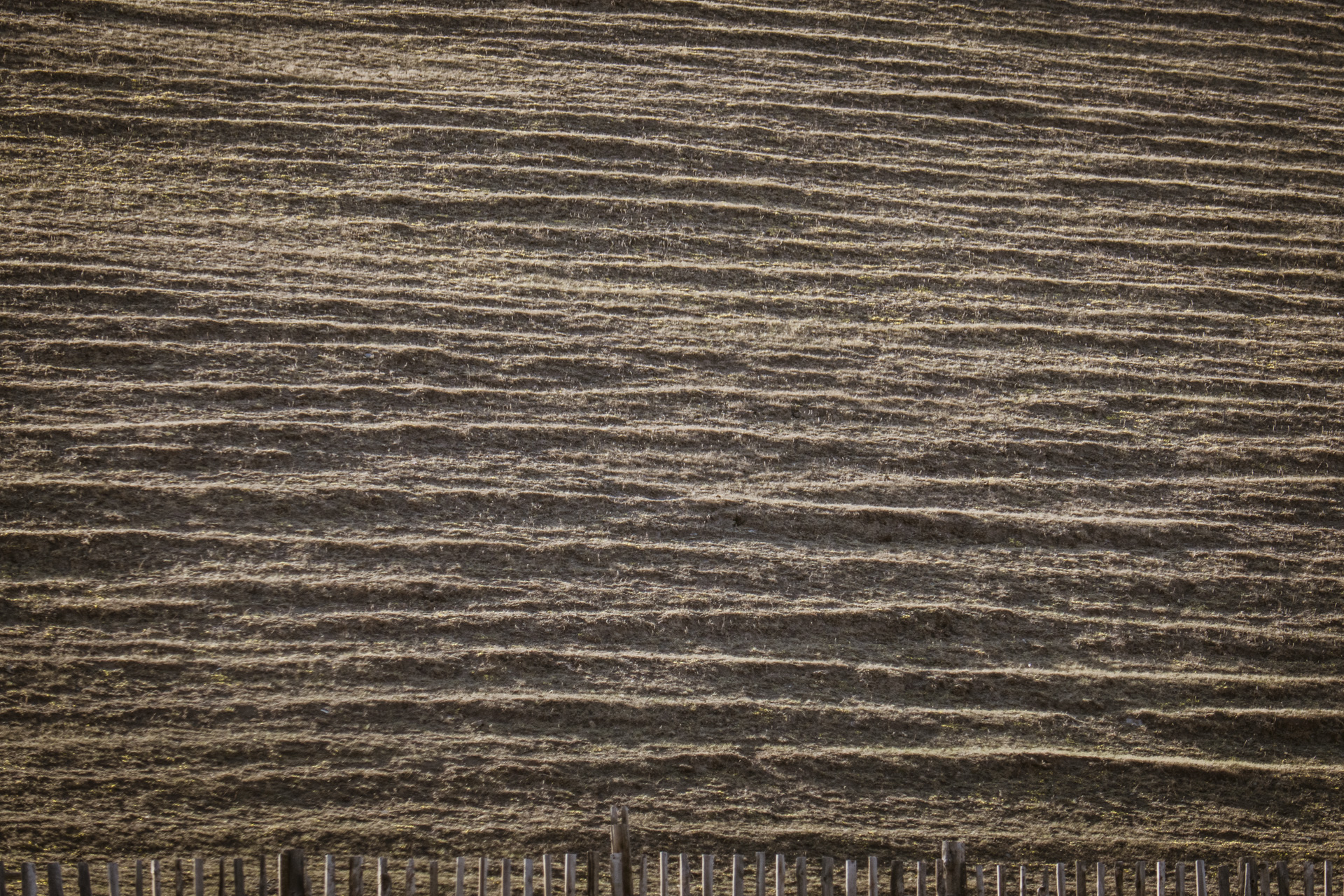
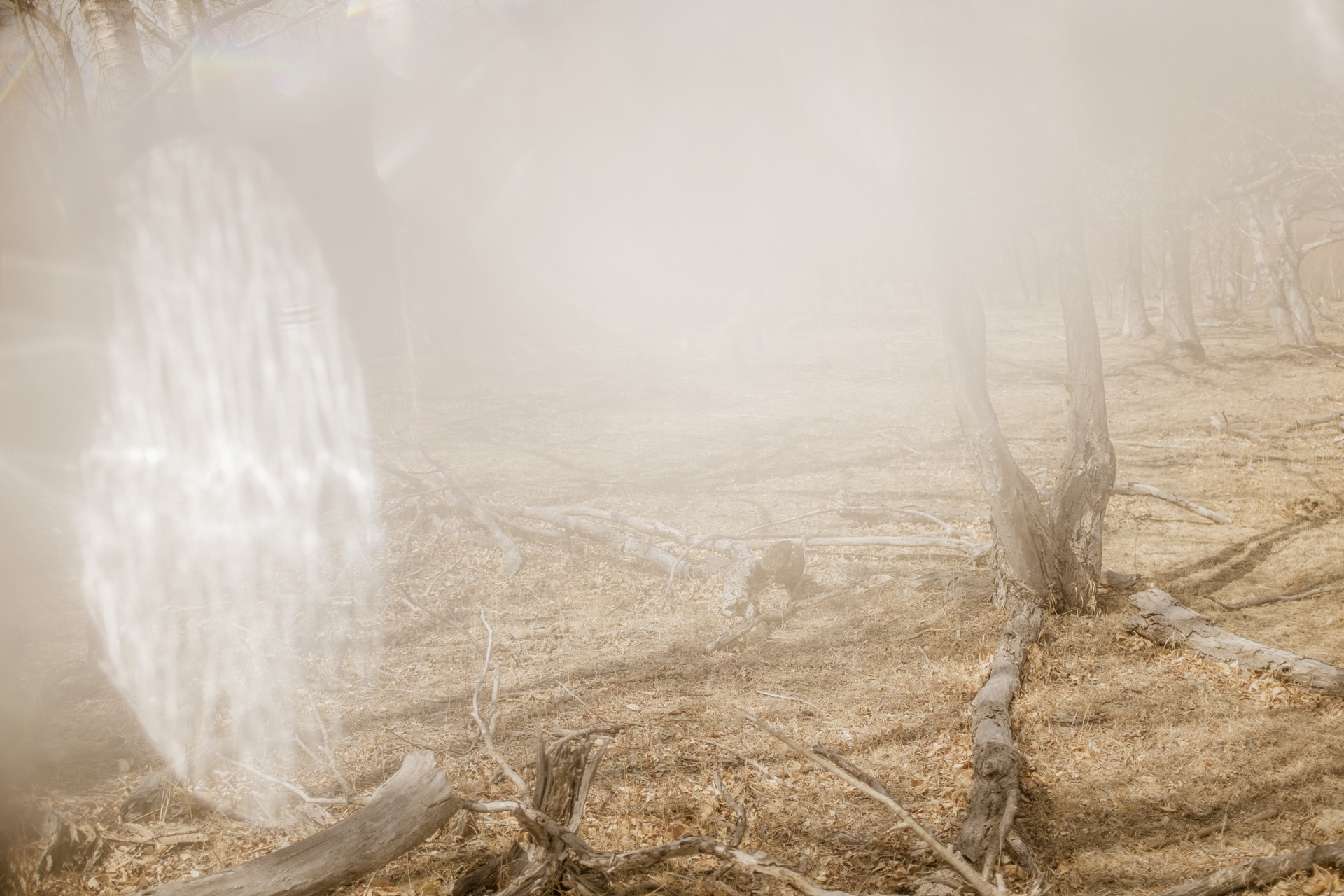
Bolshoye Goloustnoye is a bucolic hideaway nestled in a valley on Baikal’s western shore. Traditional wooden houses with precious decorative accents line hushed streets, stretching to the Lake, where a classic wooden church anchors the village. Sheep forage on the steep hills overhead, while cows and horses parade leisurely to a “goly ust,” or naked river mouth, to graze. Raptors conduct surveillance, crows agitate, and smaller birds compose melodious tributes to the wind and the water. The thumping bass of Russian rap from a passing car momentarily drowns their songs, but the whispers of the village rapidly restore calm.
Like their counterparts in many of the hamlets on Baikal’s shores, the people in Bolshoe Goloustnoe are a mix of Russians and Buryats. Following the closure of a Soviet-era lumber mill, they struggle with a dearth of jobs and a weak economic base. But their proximity to Irkutsk (a two-hour drive) means the village is a promising location for tourism (and the attendant ecological problems it can bring). That’s why environmentalists have long targeted Bolshoye Goloustnoye as a focal point of efforts to build an eco-friendly tourism industry that will provide jobs for local resident while preserving the health of Lake Baikal. And surprisingly, for a village of only 600 people, the strategy has repeatedly included international exchange that links this remote village to the outside world.
In her 2018 book, Saving the Sacred Sea, Kate Pride Brown details the efforts of Baikal Wave, a leading environmental organization during the time of post-Soviet tumult, to build support for a tourism industry with strong ecological principles. After failing to cultivate residents of Bolshoye Goloustnoye through direct outreach, Baikal Wave decided to sponsor webinars that promised villagers in Bolshoye Goloustnoye interactions with their counterparts at Lake Tahoe who had managed to build a strong tourism industry while protecting water quality. The link to Lake Tahoe made sense, since Tahoe and Baikal are both large lakes known for their clear water, in mountainous regions created by tectonic forces. They both have split jurisdictional control, with Tahoe divided between California and Nevada, and Baikal cleft between Irkutsk Oblast and the Republic of Buryatia.
The webinars had positive outcomes, but in unbalanced and unexpected ways. The difference in the level of development between Tahoe and Baikal was a daunting obstacle. When Americans explained during one video chat that a 400-room Embassy Suites hotel in Tahoe had purchased special laundry machines that use little energy and no soap, Russians were flummoxed. Many of their small homes and guest houses still lack running water, and even a normal washing machine is an unattainable luxury. Also, Americans were eager to offer lessons from their successes, but less enthusiastic to learn from their Russian counterparts (except perhaps how to cook cabbage).
As Russians became more skeptical of the American commitment to an authentic exchange, these contacts foundered and were eventually discontinued. However, the organizers noticed a startling development among the Russian participants. Previously, residents of Bolshoye Goloustnoye had “an almost ritualized avoidance of involvement,” and little or no sense that they could bring about real change. But afterwards, they shed their fatalism and pursued their own creative strategies for environmentally sound development.
Brown’s book also describes the work of the Tahoe-Baikal Institute (TBI), which facilitated youth exchange between the US and Russia for more than 20 years, and the ongoing work of Great Baikal Trail (GBT), an organization that uses international volunteers to build trails and advocates for the development of low-impact tourism that provides palpable benefits to local communities.
But international exchange is not always at the organizational level -- sometimes it is more homegrown. For example, when we first arrived in Irkutsk, one name kept coming up again and again. “You’re from America?” people asked. “Do you know Hank Birnbaum?”
Hank became somewhat of a Siberian legend in part because he lived in Bolshoye Goloustnoye for an extended period and managed to work as a park ranger in the Pribaikalsky National Park, on the shores of Lake Baikal. He became exceptionally knowledgeable about the natural environment of Baikal, and he created award-winning brochures and ecological trails that describe the history and the natural beauty of Bolshoye Goloustnoye. But most of all, he is also known for his abundant affection for local people -- and his efforts to prepare them for the economic and environmental changes that were coming.
These two brochures, one in Russian, and one in English, describe the history and natural landscape of Bolshoye Goloustnoye. They were created by Dora Alekseyeva Baxaeva and Faina and Mikhail Mangaskin. Hank Birnbaum also contributed to them during his time as a ranger in Pribaikalsky National Park. We extend a very warm thanks to Hank for his outstanding help with this blog post and for all of his committed work to preserve history, culture, and the natural environment around the world.
After learning about Hank, we connected with him on social media and met with him on Skype. We could feel the warm sense of appreciation he has for his friends in Russia and his deeply caring attitude toward Lake Baikal and its surroundings. When he asked us to act as ambassadors to his old friends and to bring them gifts, we embraced the opportunity.
In Hank’s time, Bolshoye Goloustnoye joined the electrical grid, and the road to Bolshoye Goloustnoye was fully paved, providing smooth sailing for travelers from Irkutsk. Now, sections of modern highway alternate with rutted dirt roads, perhaps a metaphor for the mixed feelings that local residents and ecologists have about providing access to the Lake without better environmental protections. Accompanied by our Russian friends Mikhail, Svetlana, and Liza, who also know Hank from his time here, we jerked and jolted over the final kilometers into the village, arriving as a May snowstorm glazed the first Spring flowers, подснежники, or Siberian snowdrops.
Siberian snowdrops, or подснежники, under a glaze of melting snow in Bolshoye Goloustnoye, May 2019.
At the Bartosova household, we were quickly welcomed into the cozy kitchen and fed a wide variety of homemade foods, including mushrooms, nerpa (freshwater seal) fat, berry preserves, tea and other delicacies. Hank’s good friend Luba was not at home, but we were we were warmly received by Olga, in town from Irkutsk to help mend the roof, and Uliana, 86, indubitably the cutest babushka in all of Russia. They eagerly watched a video message from Hank and shared memories of his time in the village as we surreptitiously tried to capture portraits of them.
From there, Uliana drove with us to the nearby home of Aunt Gutya, an older woman who is a bit forgetful at this point. When she walked into the room, Aunt Gutya briefly mistook Mark for Hank and gave him a big kiss as others labored to explain that he was only a friend of Hank’s. But Aunt Gutya recovered gracefully, saying that she sends that kiss to her long lost friend. With tears in her eyes, she watched the video from Hank -- and then recorded her own reply.
We also visited the Mangaskin Family, a couple who are working with their son, Evgeny, to establish a small, eco-friendly tourist base at their family home. Faya, the mother, watched Hank’s video even as she cared for a sick grandchild, and she also recorded her own reply. In each household, we left special gifts of local honey and tea that we had purchased on Hank’s behalf.
Hank lived in Siberia for 15 years, much of that in Bolshoye Goloustnoye, but his connections to Russia didn’t disappear when he returned to the United States. He is now an educator, bilingual guide and historical specialist with Fort Ross Conservancy at Fort Ross State Historic Park in northern California. In that role, he also has the opportunity to build bonds across national borders. From 1812 to 1841, Fort Ross was the historical southern point of the activity of the Russian American Company, which built settlements in Alaska and California and traded in furs. With his experience in Siberia and his Russian language skills, Hank has uniquely strong qualifications to tell the little-known story of Russians who lived and worked in California and cooperated with Americans and natives in building commerce on the West Coast.
Fort Ross is also the inspiration for a bi-annual meeting, the Fort Ross Dialogue, a form of back-channel diplomacy that brings together high-level Russians and Americans in discussion of bilateral issues. As part of that effort, improved preservation of Fort Ross is discussed, as well as the creation of more exchange between the two nations. This summer’s meeting will be held in Vologda in Western Russia, and Hank will be in attendance.
One of the most meaningful collaborative efforts between the United States and Russia is at the scientific level. Russian scientists have maintained the longest environmental monitoring program in the world in the Baikal region, recording temperatures and other critical data at a site near Bolshie Koty since 1946. And they are in the vanguard of critical research assessing Baikal’s problems, including pollution and climate change (see Cyberian Dispatches 10, 12, and 13). For many years, American scientists have worked closely with their Russian counterparts, lending their support to these accomplishments. Their joint efforts have expanded our understanding of this unique ecosystem -- and established important similarities and differences between the American Great Lakes and Baikal.
At the same time, the Fulbright program is seeking a larger role in the Baikal region as a way of building trust and friendship between Russians and Americans. Fulbright is built on the idea that person-to-person contact is the best form of foreign diplomacy for the United States -- and a critical means of avoiding war. The Director of Fulbright Russia, Joel Ericson, recently traveled to Ulan-Ude and Irkutsk, bringing a message about the importance of cross-border cooperation and a vision of an expanded presence to support the preservation of Baikal (see Cyberian Dispatch 14).
As Fulbrighters, we are part of a long tradition of academic and cultural exchange -- especially valuable at this time of troubled relations between Russia and the United States. In Bolshoye Goloustnoye, we put that theory into practice, walking in the footsteps of Hank, an American pioneer in Siberia. We established relationships that go beyond the transactional, forming bonds that can last a lifetime. And the stronger those bonds, the better the chances of building a solid economic base for local residents without compromising the the health of the world’s most important lake.
In other words, our trip to Bolshoye Goloustnoye represented idealism in action. But as we settled back into our Irkutsk routine, troubling news arrived from our friend Mikhail. Forest fires, which burned huge areas around the Lake in 2015, are now ravaging the immediate surroundings of Bolshoe Goloustnoe, and a partial evacuation of the village has been ordered. The likely cause cited in the press: careless humans. As global partners dicker over the best strategies for saving Baikal, anthropogenic threats are multiplying. Bolshoye Goloustnoye, an unlikely testing ground for international exchange, must simultaneously grapple with today’s most pressing environmental dangers.
A major forest fire burning at the outskirts of Bolshoye Goloustnoye in May 2019.

